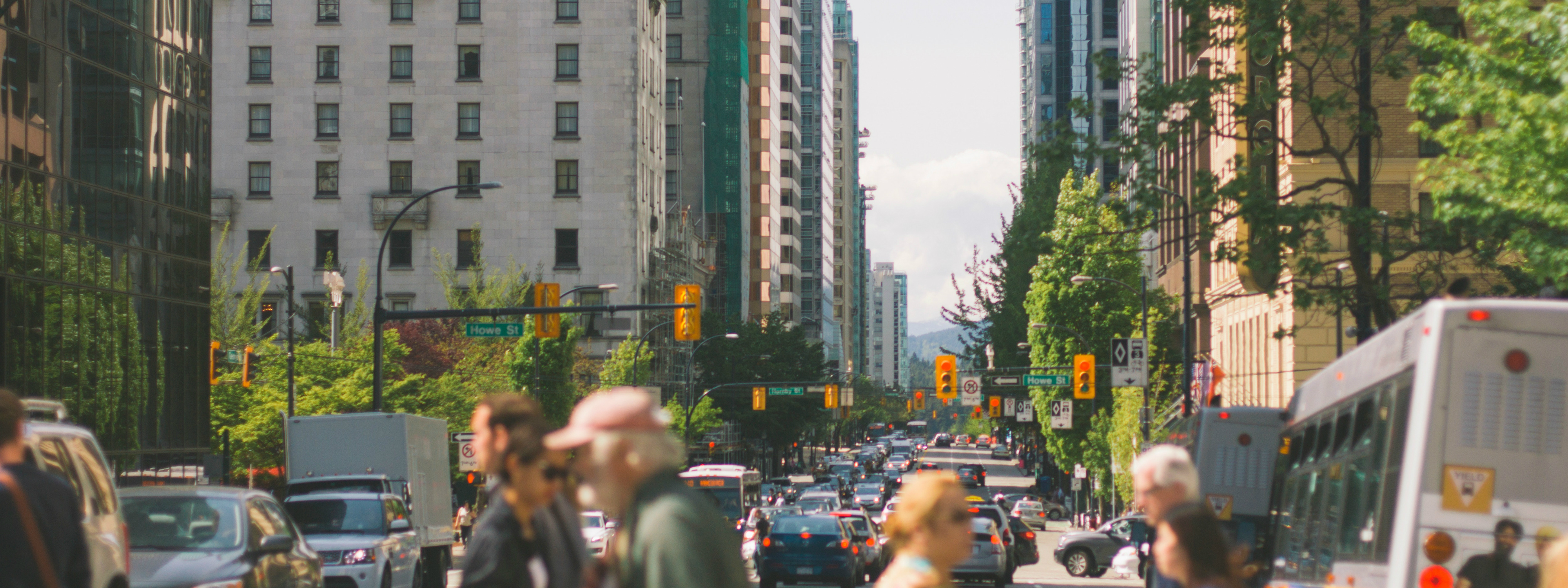Compendium of Best Urban Forest Management Practices
Chapter 10. Pruning Practices
Return to the Compendium homepage here:
Compendium of Best Urban Forest Management Practices →

Compendium of Best Urban Forest Management Practices
Return to the Compendium homepage here:
Compendium of Best Urban Forest Management Practices →
The most common tree maintenance practice is pruning, representing approximately 60% of daily operational activities in urban forestry. As climate change increases the frequency and intensity of storms, residents may become more likely to prune their trees as well. For example, one study suggests that after the 2013 ice storm caused widespread damage in Toronto, residents became more likely to prune their trees and to remove healthy trees as a means of preventing damage (Conway & Yip, 2016). There are several reasons to prune urban trees: to prevent branches from falling on objects or people, to allow remaining branches to bear more weight, to improve the health and quality of the tree by removing damaged, dead, diseased or crossed branches, to control the size and shape of the tree, to correct for storm damage, and to increase clearance from hydro lines and other utilities. The most common reason for pruning urban trees is for safety.
Despite its benefits, pruning can also reduce tree size and affect the health of a tree as a result of tissue removal. Reduction of leaf, shoot, or root volumes, and the carbohydrate and nutrient reserves they contain, directly disrupts and limits potential growth. Ultimate effects of pruning on tree growth and size may depend on tree age, growth habits, fruiting habits, stage of tissue development, and the environment to which the tree is exposed, including climate. Climate change may increase the desire for planting certain tree species – for instance, choosing denser species that are more structurally sound. Pruning is one of the most expensive components of municipal tree maintenance, but neglecting or postponing pruning can result in higher maintenance costs over time (Vogt, Hauer, & Fischer, 2015). Municipalities or other organizations can establish a prioritization for trees to be pruned – for example, based on risks to safety – in order to use resources effectively.
Canadian online resources:
Non-Canadian online resources:
Conway, T. M. & Yip, V. (2016). Assessing residents’ reactions to urban forest disservices: A case study of a major storm event. Landscape and Urban Planning, 153, 1-10. https://doi.org/10.1016/j.landurbplan.2016.04.016
Follett, M., Nock, C. A., Buteau, C., & Messier, C. (2016). Testing a New Approach to Quantify Growth Responses to Pruning Among Three Temperate Tree Species. Arboriculture & Urban Forestry, 42(3), 133-145.Retrieved from https://static1.squarespace.com/static/5b93463c0dbda34f3a918ee8/t/5dc493fc6ea2291bc240500b/1573164030316/p133-145.pdf
Vogt, J., Hauer, R. J., & Fischer, B. C. (2015). The Costs of Maintaining and Not Maintaining the Urban Forest: A Review of the Urban Forestry and Arboriculture Literature. Arboriculture & Urban Forestry, 41(6), 293-323. Retrieved from https://www.researchgate.net/profile/Jess_Vogt/publication/283711528_The_costs_of_maintaining_and_not_maintaining_the_urban_forest_A_review_of_the_urban_forestry_and_arboriculture_literature/links/5643b99108ae451880a3c33d.pdf
Navigation